haziz
Well-known member
An experienced angler while watching me cast commented that my loops were too wide/broad/fat (not really sure how to describe it). How do I go about "tightening" my loops while casting?
Thanks.
Thanks.
An experienced angler while watching me cast commented that my loops were too wide/broad/fat (not really sure how to describe it). How do I go about "tightening" my loops while casting?
Thanks.
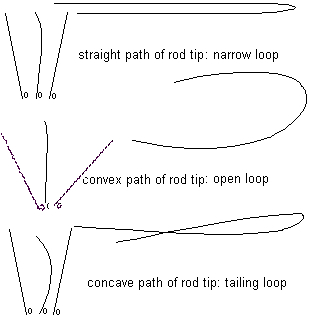


Larry,
Where I disagree with Rip a bit is that whether you cast with the overhead elbow forward technique or the Lefty Kreh style low elbow technique, both can lead to very open loops, tight loops, or closed loops with “wind knots.” The crucial thing is to keep first thing first; and that is remember that the rod tip path determines loop shape and not whether we cast with the elbow forward or low elbow technique.Imagine your elbow is on a shelf
That should help control the arc that forms wide loops
Here is the taper profile for the Rio Striper line.In addition to technique, you should consider the line you are using. Some lines are designed to help you keep your loop open when throwing weighted patterns. The Rio Striper line is one such line.
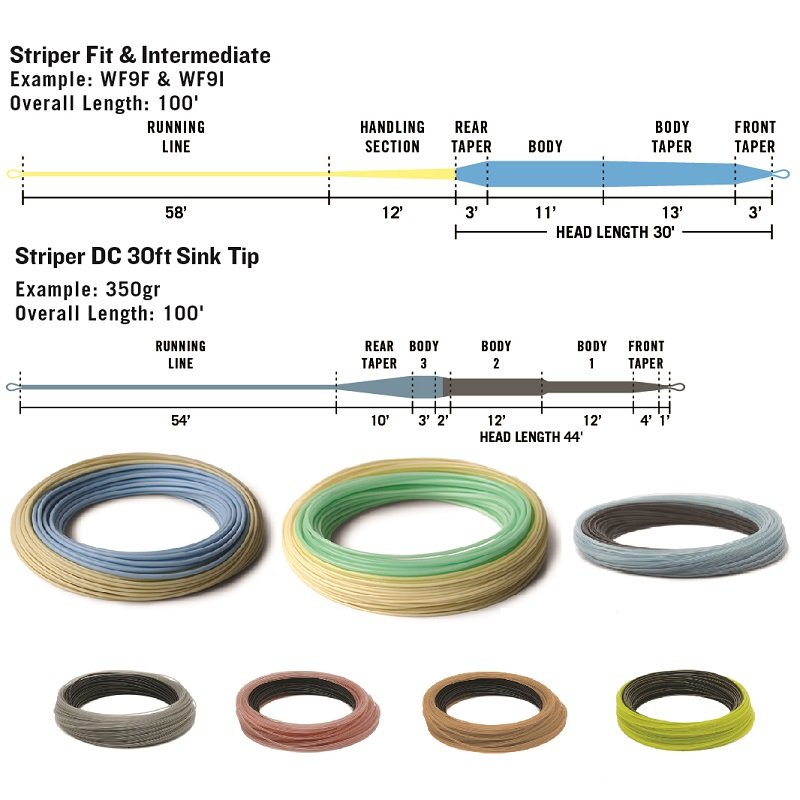
I think you are mistaken.Silver you need to correct the diagram of the tailing loop it is not correct (rod tip path is, fly leg of line isn't)

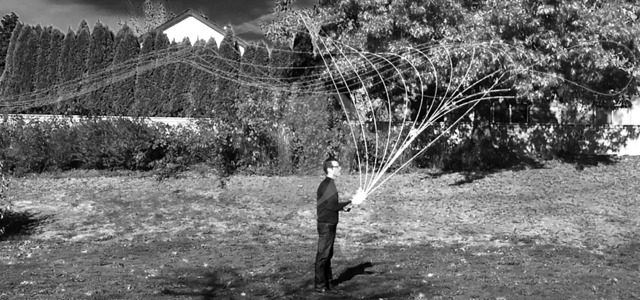
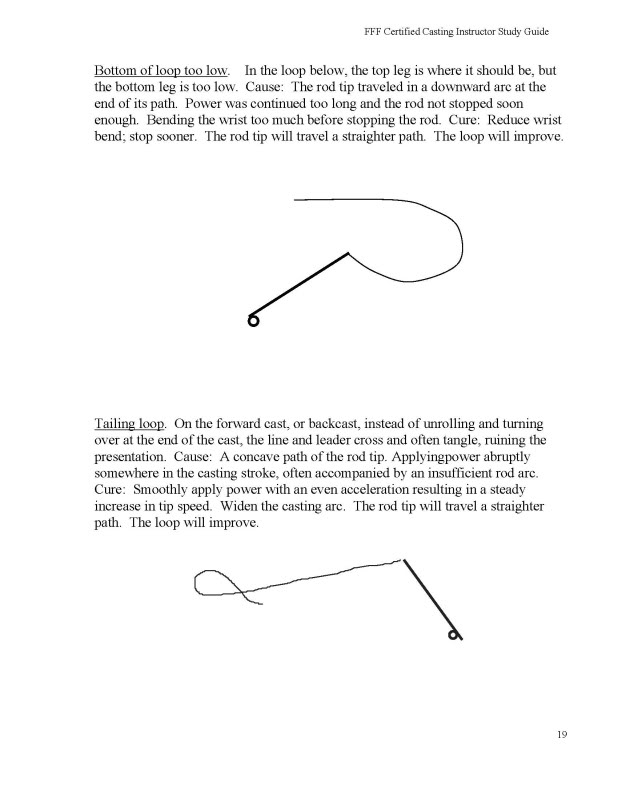

I think you are mistaken.Silver you need to correct the diagram of the tailing loop it is not correct (rod tip path is, fly leg of line isn't)




Lot's of good tips already. I'll add this:An experienced angler while watching me cast commented that my loops were too wide/broad/fat (not really sure how to describe it). How do I go about "tightening" my loops while casting?
Thanks.
Craig,Hi Silver,
The attached is not a Tailing Loop: it is an Underslung Loop... Bypassing legs, like scissors.
It exhibits no fly leg concavity. The fly leg is below the rod leg, yes, but it is rising, rising straight with zero dip.
Underslung loops are common when carrying long lengths of line as well when throwing high density heads.
Underslung loops are not a fault.
Respectfully,
Craig
ps - not the first time this illustration (and similar ones) has been labeled a Tail...

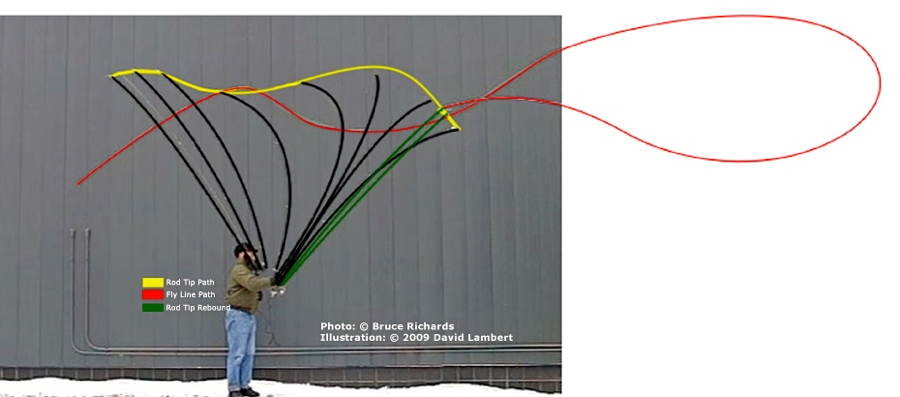
You don't think the thicker taper inherently forms wider loops due to it's geometry? It seems common sense to me. A thinner line is naturally going to be more flexible than a thicker one. Thus, more likely to form a tighter loop. While the thicker line will have more tensile strength, with more tendency to resist the compressive weight of the top leg of the loop and fly. This tension, or the lines tendency to want to straighten out, is then opposed aerodynamically: the thicker the line the more opposition it meets by way of wind and air mass. So the opposition of tension and wind resistance, coupled with the centripetal force of the fly's mass travelling around the loop, works to deteriorate the wave dynamics (which is really what a "loop" in a fly line is) of the cast. This is why the thicker tapers are optimal for weighted flies.Here is the taper profile for the Rio Striper line.
Since flies follow the leader, and leaders follow the fly line, and fly lines follow the rod tip: how does a fly line help create an open loop? It cannot!
What I think you mean is that a fly line taper can be optimized for heavier or more wind resistant flies. Regardless of the fly line taper, it is the rod tip path that determines whether the rod leg of the fly line and the fly leg of the fly line will cross and get tangled.
The best method of avoiding a tailing loop is to separate the back cast plane (as in geometric plane, in this case a horizontal casting plane for the back cast) from the forward cast plane (in this case a vertical casting plane) so the rod leg and fly leg have to be separated in space. They can can cross in the vertical dimension but are separated horizontally in space so they never can touch or tangle with each other.
This is the Belgian Cast that has been mentioned in a previous post as the rod stroke to use for casting heavy flies like some streamers.
https://www.theflyfishingforum.com/...reamer-can-i-cast-3.html?posted=1#post1098921
